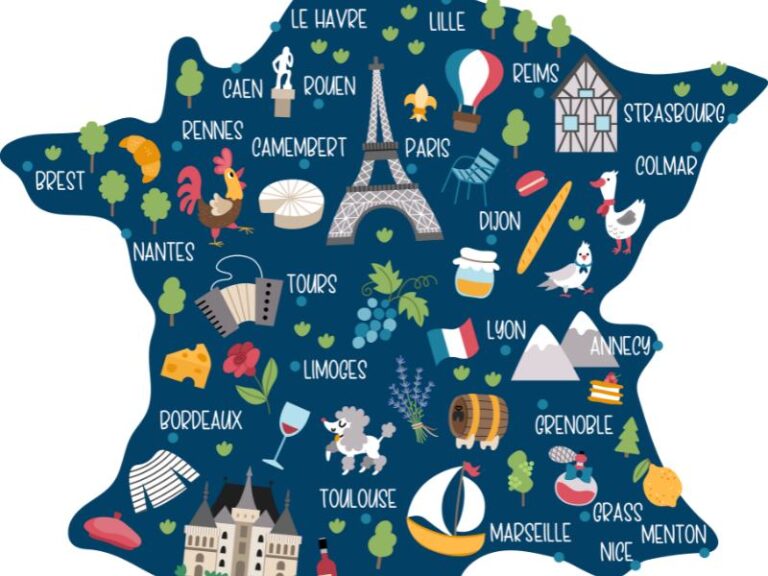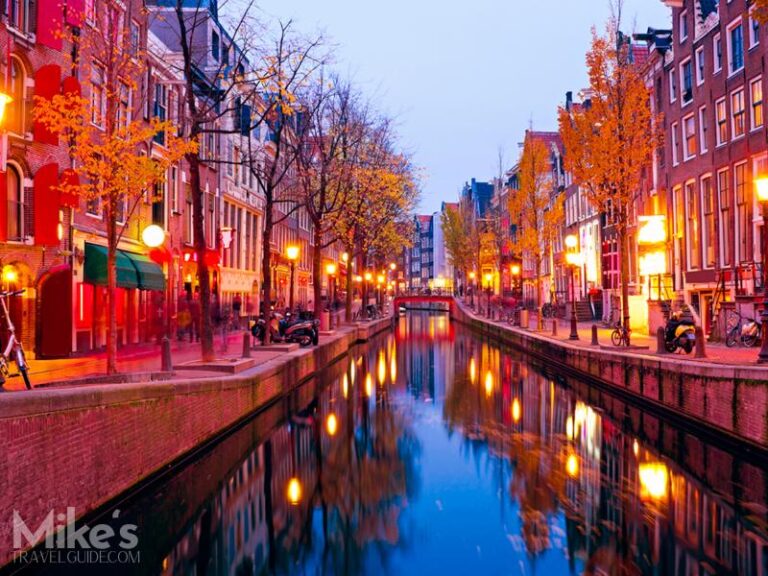Vincent van Gogh, the iconic Post-Impressionist painter, was born in 1853 in the Dutch village of Zundert, close to the border with Belgium. His life was a rollercoaster of challenges and career changes. He worked as a bookstore clerk, an art gallery assistant, a teacher in England, and a preacher in Belgium. But it wasn’t until 1880, at the age of 27, that Vincent finally found his calling as an artist.
The Early Years
Zundert: Where It All Began
Van Gogh’s story starts in Zundert, a small village in the southern Netherlands. Here, you can visit the Vincent van Gogh House, a museum in the former Dutch Reformed church where Vincent’s father was a pastor. The museum offers a glimpse into Vincent’s early life and the influences that shaped him.
Etten-Leur: The First Brush Strokes
In 1881, Van Gogh moved to Etten-Leur, where he began to pursue art in earnest. He took his first drawing lessons from a local artist named Constant Cornelis Huijsmans. You can see some of Vincent’s early works at the Van Gogh Church in Etten-Leur, which also hosts regular exhibitions and events.
Nuenen: The Birth of a Studio
Van Gogh set up his first studio in the village of Nuenen in 1883. Here, he painted some of his most famous early works, including “The Potato Eaters.” The Vincentre Museum in Nuenen offers a fascinating look at this period of Van Gogh’s life, with interactive exhibits and a chance to see the locations that inspired him.
The Paris Years
In 1886, Van Gogh moved to Paris to live with his brother Theo, who worked as an art dealer. This was a pivotal time for Vincent, as he was exposed to the vibrant Parisian art scene and the works of the Impressionists. He began to experiment with brighter colors and looser brushwork, laying the foundation for his signature style.
While in Paris, be sure to visit these key sites:
- Musée d’Orsay: This stunning museum, housed in a former railway station, boasts an impressive collection of Van Gogh’s works, including “Self-Portrait” (1889) and “Starry Night Over the Rhône” (1888).
- Auberge Ravoux: This inn in the village of Auvers-sur-Oise, just outside Paris, is where Van Gogh spent the last months of his life. You can visit his room, which has been preserved as it was at the time of his death in 1890.
The Arles Period
In 1888, Van Gogh moved to Arles in the south of France, seeking the bright light and vibrant colors of Provence. This was the most productive and tumultuous period of his career, marked by incredible creativity and increasing mental health struggles.
Key places to visit in Arles include:
- Yellow House: Van Gogh rented four rooms in this house, which he painted a bright yellow. He dreamed of turning it into an artists’ colony. While the original house was destroyed in World War II, a replica stands in its place.
- Hospital in Arles: Van Gogh spent time in this hospital after famously cutting off part of his ear. He painted several works during his stay, including “Ward in the Hospital in Arles” (1889).
- Langlois Bridge: This distinctive drawbridge was a favorite subject of Van Gogh’s. He painted it several times, capturing the play of light on the water.
Museums and Collections
To truly appreciate the scope and evolution of Van Gogh’s work, be sure to visit these world-class museums:
- Van Gogh Museum (Amsterdam): With the world’s largest collection of Van Gogh’s paintings and drawings, this museum is a must-see for any fan.
- Kröller-Müller Museum (Otterlo, Netherlands): Set in a stunning national park, this museum boasts the second-largest Van Gogh collection in the world, including iconic works like “Café Terrace at Night” (1888).
- Noordbrabants Museum (Den Bosch, Netherlands): This museum in Van Gogh’s home province of North Brabant features a number of his early works and provides context for his formative years.
Van Gogh 2015: 125 Years of Inspiration
2015 marked the 125th anniversary of Van Gogh’s death, and the celebration of his enduring legacy continues. As part of the “Van Gogh 2015: 125 Years of Inspiration” initiative, special events and exhibitions are taking place throughout the year in the Netherlands, Belgium, England, and France.
So why not seize this opportunity to walk in the footsteps of one of the world’s most beloved and influential artists? From the quiet Dutch villages where he honed his craft to the vibrant French landscapes that inspired his most famous works, the world of Vincent van Gogh is waiting to be explored. Along the way, you’ll gain a deeper appreciation for the man behind the masterpieces and the places that shaped his singular vision.


